September 2017
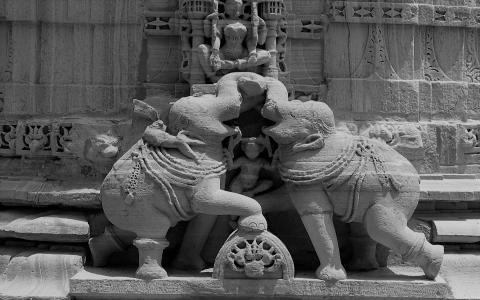
ಇಂದು ನಾವರಿತಂತೆ ಭಾರತೀಯಮೂರ್ತಿಶಿಲ್ಪದ ಇತಿಹಾಸವು ಸುಮಾರು ಐದು ಸಹಸ್ರಮಾನಗಳಷ್ಟು ಪರಂಪರೆಯನ್ನು ಹೊಂದಿದೆ. ಸಿಂಧು-ಸರಸ್ವತೀಸಂಸ್ಕೃತಿಯಿಂದ ಮೊದಲ್ಗೊಂಡು ಮೌರ್ಯ, ಕುಷಾಣ, ಸಾತವಾಹನ, ಗುಪ್ತ, ವಾಕಾಟಕ, ಮೌಖರಿ, ಚಾಲುಕ್ಯ, ಹೊಯ್ಸಳ, ಪಲ್ಲವ, ಚೋಳ, ಪಾಲ, ಸೇನ, ಪರಮಾರ, ಚಂದೇಲ, ಕಳಿಂಗ ಮುಂತಾದ ಅನೇಕಶಾಖೆಗಳನ್ನು ವಿಭಿನ್ನಕಾಲಘಟ್ಟಗಳಲ್ಲಿ ಕಾಣಬಹುದು. ಇದಾದರೂ ಒಂದು ಸ್ಥೂಲವಿಭಾಗ ಮಾತ್ರ. ಇವುಗಳೊಳಗೆ ಮತ್ತೆಷ್ಟೋ ಅವಾಂತರಶಾಖೆಗಳೂ ಶೈಲಿಗಳೂ ಇರುವುದು ತಜ್ಞವೇದ್ಯ.
ಆದರೆ, ಈ ಎಲ್ಲ ಶಾಖೋಪಶಾಖೆಗಳಲ್ಲಿ ಎದ್ದು ತೋರುವಂತೆ ಭಾರತೀಯಶಿಲ್ಪವೆಂಬ ಅನನ್ಯಲಕ್ಷಣವನ್ನ...
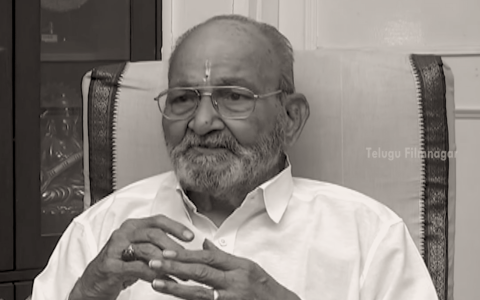
--- I ---
In the realm of Indian art and aesthetics, kalopAsana is an invaluable attitude, orientation, striving, and an ideal. The Sanskrit word, upAsana variously means “dispatch,” “adoration,” “act of sitting or being near,” “worship,” “being engaged in,” “serving,” “homage,” and so on. When the word kalA is added to it, we get kalopAsana, which means being in a state of continuous and active contemplation, exploration, learning, pursuit,...

We have seen earlier that prakṛti undergoes metamorphosis due to the loss of equilibrium of the three guṇas (sattva, rajas, and tamas) and this instability is instigated by the puruṣa – this cause sentient creation. Prakṛti can only be under the influence of either the puruṣa or īśvara. This īśvara-saṅkalpa (the ordinance of the Supreme Being) is destiny. This principle is given several other names such as Daivadiṣṭa, Bhāgadheya, Bhavitavya,...
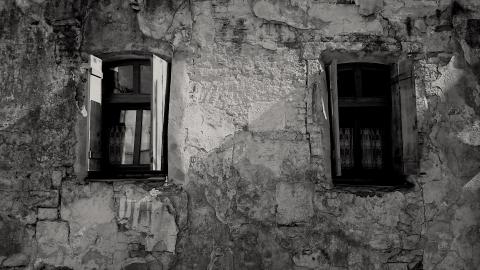
Another legend in Sl Bhyrappa's ‘Daatu’ relates to the belief that is prevalent among persons of 'lower castes' that if a Brahmin enters their slums, the deity of wealth, Lakshmi would go away from their houses. It is not known why and how this belief came into existence. When Venkataramanayya entered the ‘Harijana keri’, i.e., the area where Harijans (people belonging to 'lower castes') in his insane state of mind, he is pelleted with dung and...

‘Gruhabhanga’ is one of Bhyrappa’s profound yet simple and sad stories, set in the background of rural Karnataka. The novel presents the rites, rituals, witchcraft, village deities, and the beliefs of the villagers. Usually, the deity of the village is called ‘Ooramma’, or the mother of the village, and it is believed that she protects the village from epidemics like the plague, cholera and small pox. People belonging to all strata of society...

In the Ayodhyakāṇḍa, we see that Rama knew his subjects well and cared about them. He would often meet them and learn of their joys and sorrows. If they were happy, he laughed with them and if they were sad, he wept with them. If Rama didn’t see someone on a given day, he would feel that he missed seeing such-and-such a person and the one who didn’t see Rama would feel that he missed the sight of Rama! Such was the mutual affection between Rama...

Poems on Renunciation
Vairāgyaśataka
This poem is a collection of hundred verses on the merits of renunciation, the unconditional love of realized souls, the impermanence of life, the importance of attaining peace, the shallowness of relationships, the transitory nature of materialistic pleasures, the utter foolishness of hankering after wealth, the havoc created by desires, women as obstacles in the path of realization, the illusiveness of...

The word ‘yoga’ has several meanings. In the Bhagavad-Gītā (2.48,50; 5.1,5,7), yoga is used in the sense of karma (activity) or karma-yoga (activity without selfish motives, work without expectations). Yoga is also used synonymously with indriya-nigraha (control of sense organs and the organs of activity) (Kaṭhopaniṣad 6.11), cittaikāgrata (mental concentration, focus) (Yoga-sūtra 1.1, adhyāya 6 of Bhagavad-Gītā), prakaraṇa (chapter), vidhāna (...
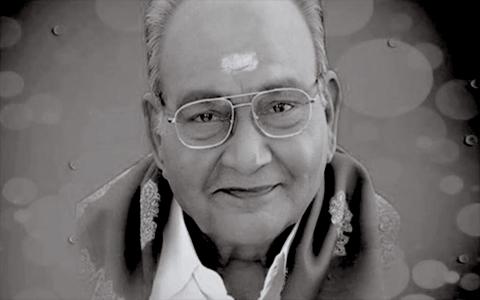
--- I ---
It could be reasonably argued that every nation that has attained and is characterized by an advanced stage of the post-industrialized democracy has killed artistic excellence in its truest sense. While a separate essay can be written examining this phenomenon, for the purposes of this article, it suffices to define artistic excellence as inherited classicism in the mold of ancient India, Greece, and Rome whose defining features...
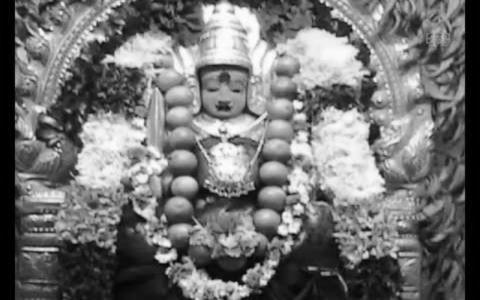
The concept of the deity Maramma is a fusion of mythical, folklorish and legendary elements. According to the prevalent belief, a woman of brahmin community burns herself, her husband and children, when she get to know that her husband, being an untouchable, had deceived her and her father, by telling them he was a brahmin youth. Thus the myth of the deity Maramma throws light on the social structure and the caste system of a particular period...
